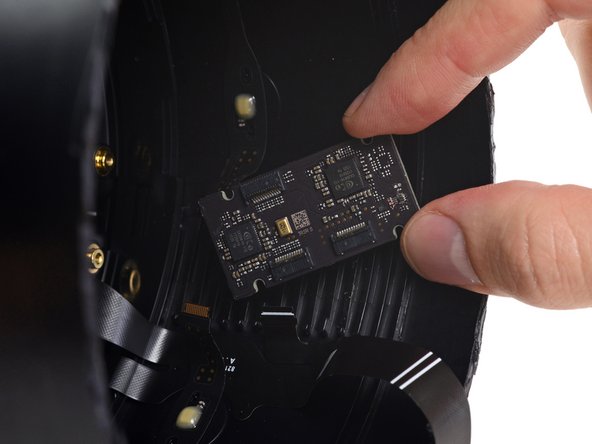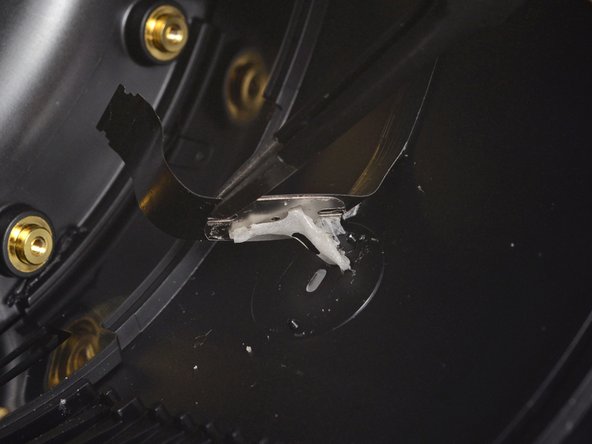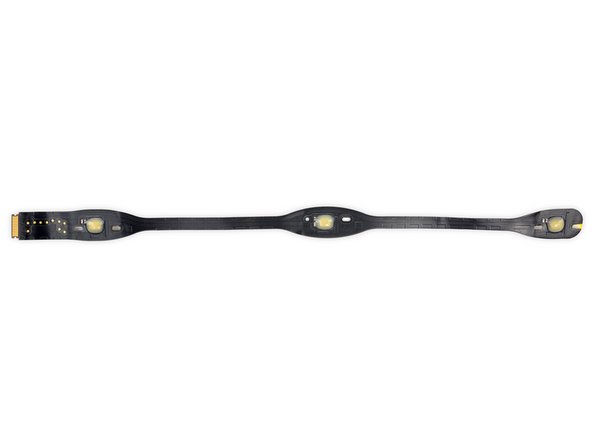crwdns2935425:016crwdne2935425:0
crwdns2931653:016crwdne2931653:0






-
We wrestle a small board from the adhesive holding it to the barrel, and notice two Conexant CX20810 ADC chips by Synaptics for the microphone array.
-
Not to be outdone, the board has a microphone of its own—likely the low frequency microphone for woofer calibration.
-
Back to the rest of the microphones: they come in two long strips of three mics each. Each strip is glued firmly to the inside of the case, with the mics positioned over funnel-shaped channels.
crwdns2944171:0crwdnd2944171:0crwdnd2944171:0crwdnd2944171:0crwdne2944171:0